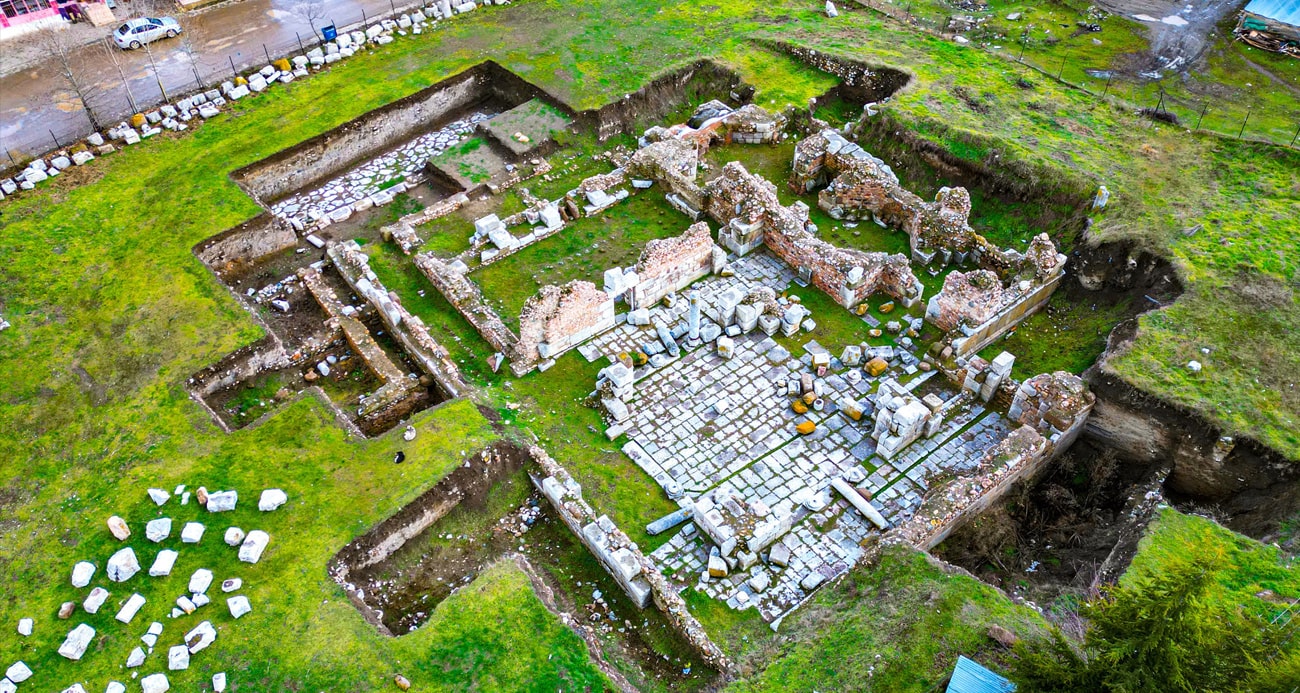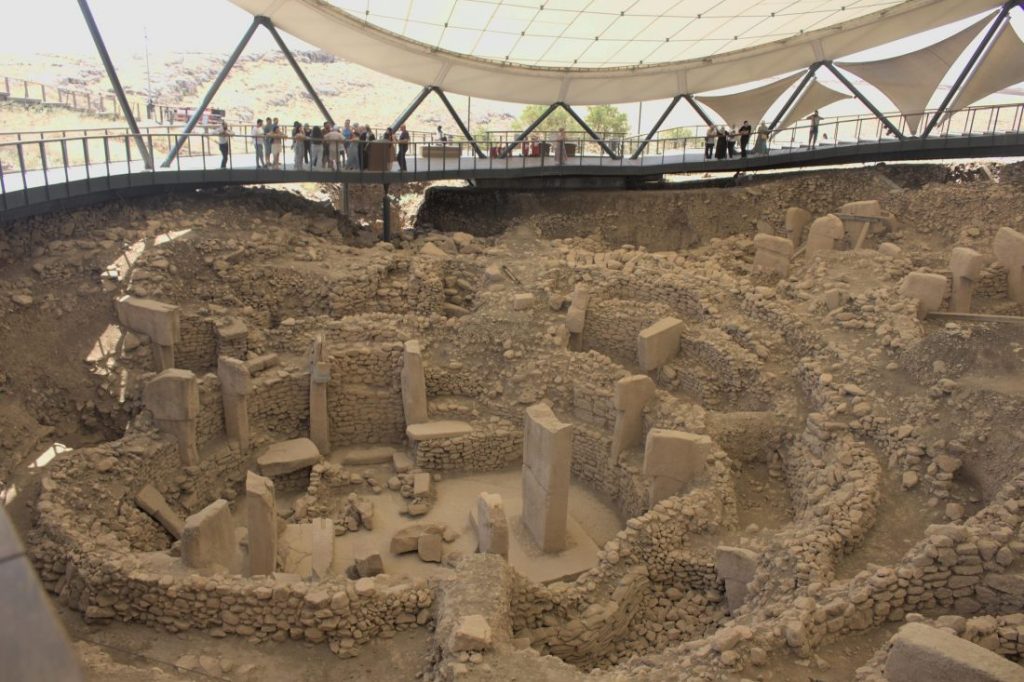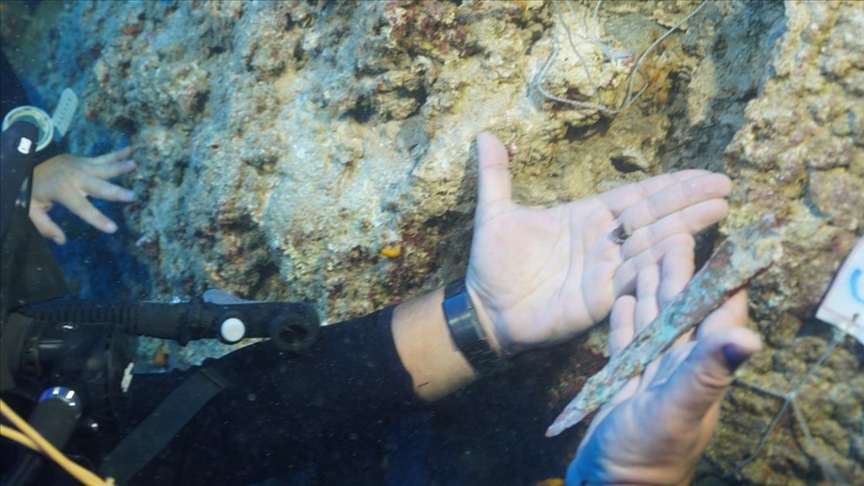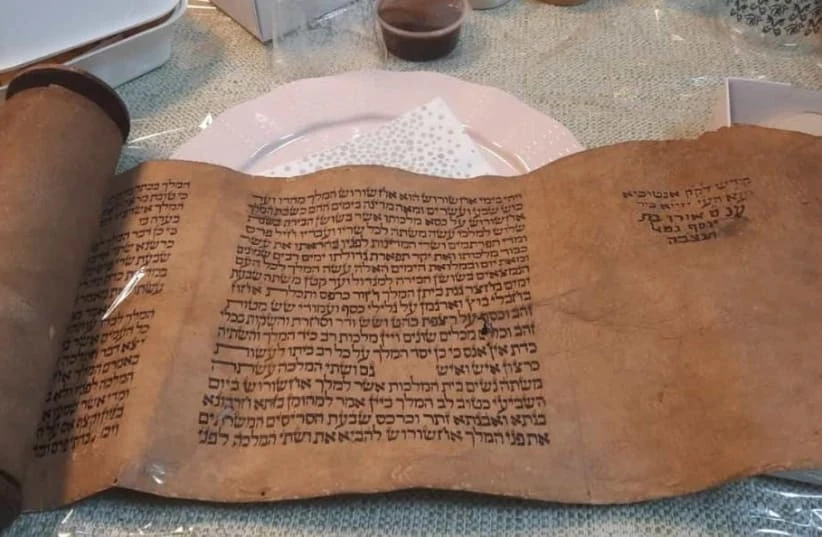Turkish archaeologists announced plans to begin excavation work to fully uncover the Gladiator Arena in the ancient city of Sebastapolis, provided they secure sufficient funding.
Sebastapolis is situated in the Sulusaray district of Tokat, in Turkey’s Northern Black Sea region. Researchers estimate that the city was established during the Late Bronze Age, around the 1st century BC. The name “Sebastapolis” translates to “Great and Magnificent City.”
Assoc. Prof. Dr. Akın Temür leads the excavation team. He is a faculty member in the Department of Classical Archaeology at Ondokuz Mayıs University (OMÜ). Dr. Temür emphasized the need for extended excavation periods to fully uncover the ancient city.
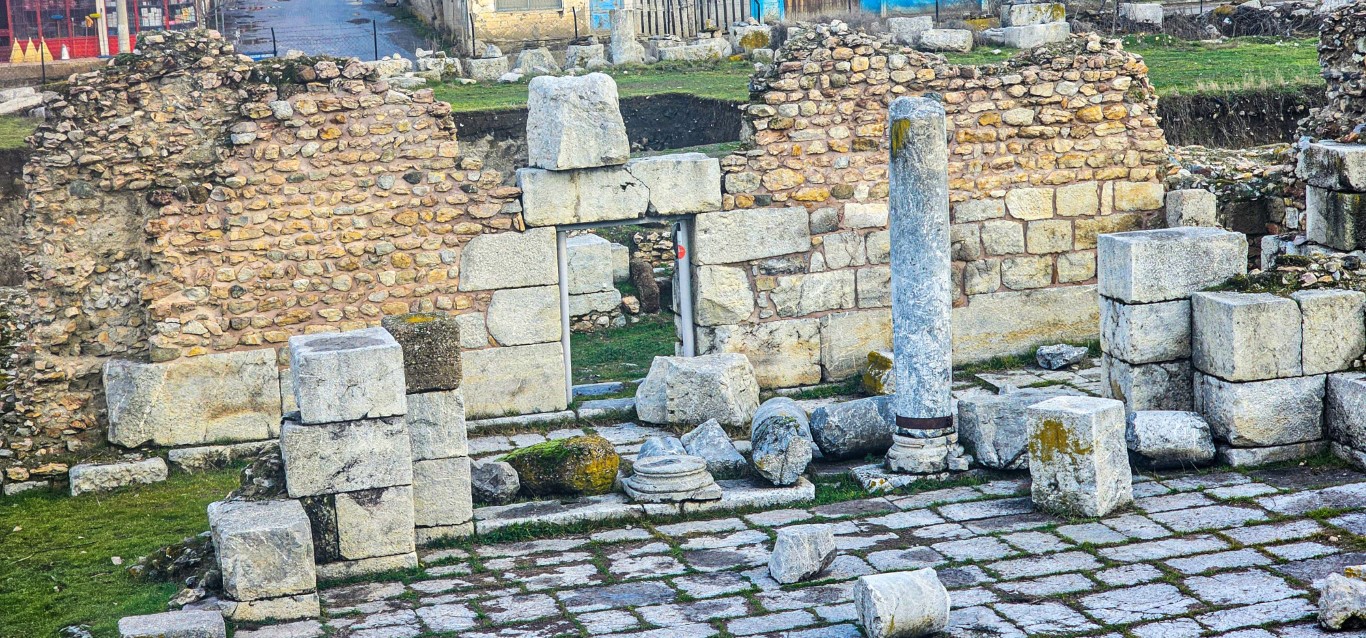
The first scientific studies in Sebastapolis began in the 1980s under Birsel Özcan, the Director of Tokat Museum. After a 20-year break, a French team resumed excavations in 2010. From 2013 to 2018, Şengül Dilek Ful continued the work.
Currently, archaeologists are excavating two structures: a Roman Bath and a Byzantine Church. Inscriptions reveal that the city also contains temples dedicated to Heracles, Zeus, Hadrian, and Trajan, along with a theater, agora, asklepion, necropolis areas, and city walls. However, modern Sulusaray sits above these ancient structures, complicating the excavation process.
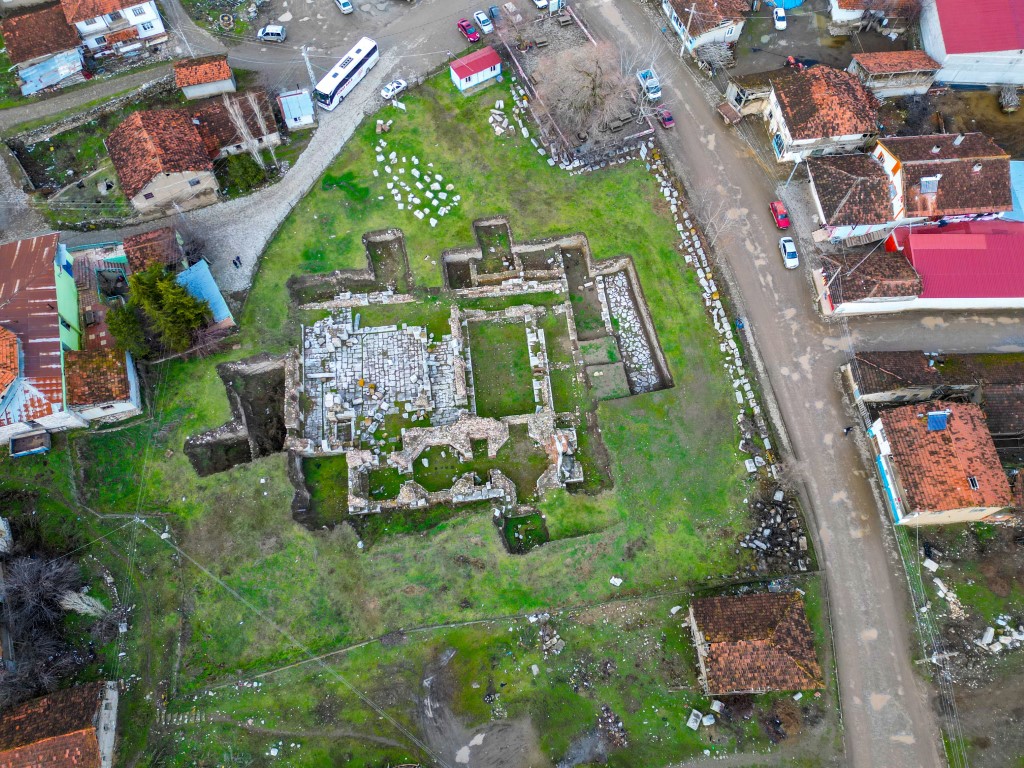
Akın Temür stated that if sufficient funding is secured for the excavations, they aim to completely uncover the Gladiator Arena in the ancient city. The city is located in the floodplain of the Çekerek River, resulting in soil deposits that can reach up to 10 meters in some areas. While this situation enhances the preservation level of the city, it also presents a significant workload, requiring many workers and considerable time.
Recent discoveries indicate that Sebastapolis has experienced continuous habitation from as early as 3000 BC to the present day. This finding underscores the historical significance of the city and its enduring legacy through the ages.
